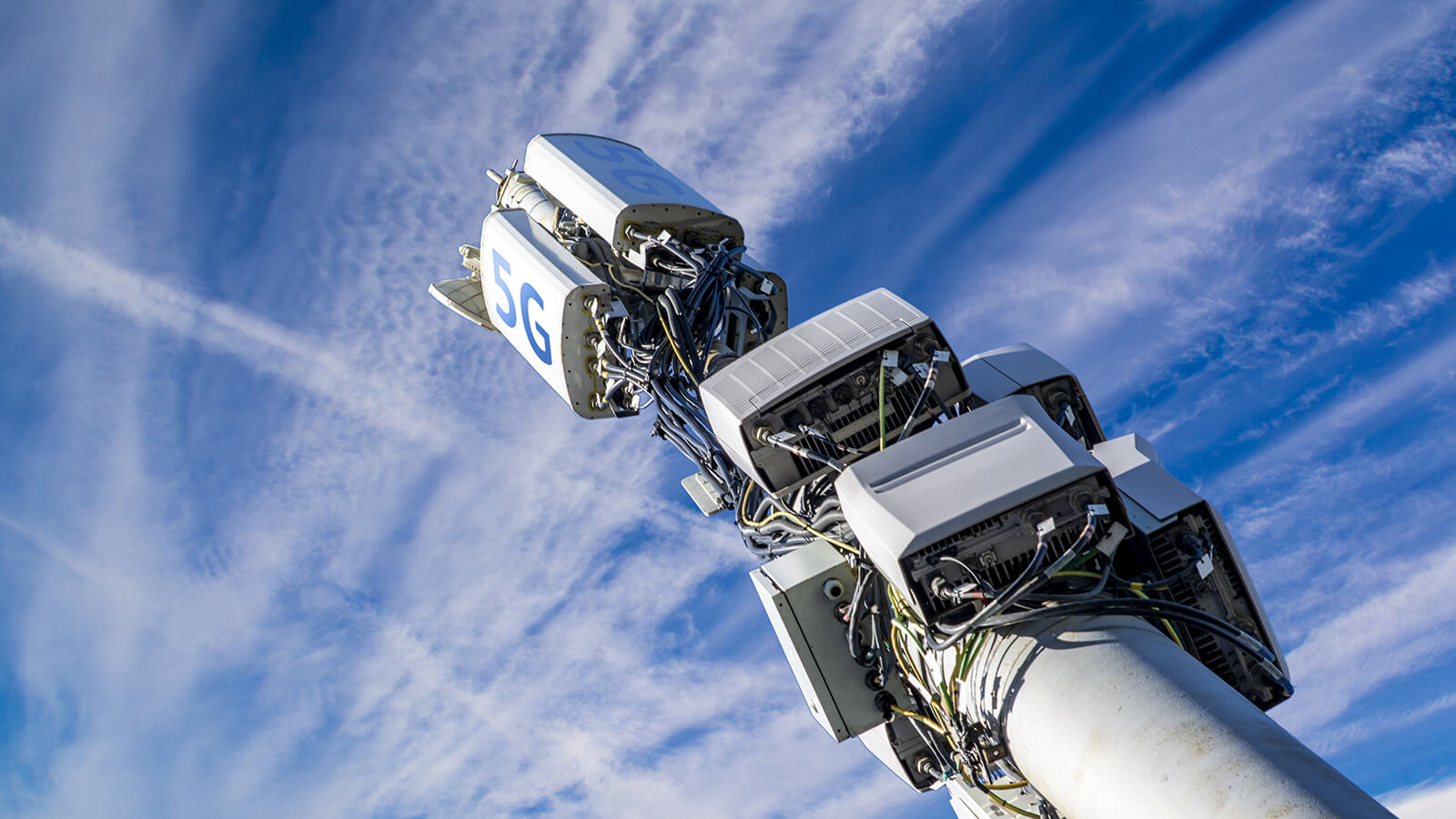Are usually safest distance from a 5G cell Structure?

If you've ever been through a town you might have noticed tiny 5G cell towers on the poles of street lights. They look like little boxes however they're actually sending wireless signals from mobile providers to your mobile.
The smaller ones are being replaced by larger, purpose-built cell towers. While http://glovebeech12.xtgem.com/__xt_blog/__xtblog_entry/__xtblog_entry/33973945-are-usually-safest-distance-from-your-5g-cell-tower-system?__xtblog_block_id=1#xt_blog , they could cause problems for people.
The FCC's Radiation Exposure Thresholds
The FCC's Radiation Exposure Thresholds determine the maximum amount of time a person can be exposed to electromagnetic energy from wireless devices. what is a safe distance from a 5g cell tower for exposure are based on scientific data which show that the energy of RF can be harmful to human health.

The specific absorption rate (SAR) is a measure of the amount of radiofrequency energy taken up by tissues. It's typically 1.6 milliwatts per kilogram averaged over one gram of tissue.
However, because 5g transmits at higher frequencies, it has the potential to create more energy on the skin as well as other body areas. This could lead to a wide range of potential problems, including an increased development of skin diseases like dermatitis, skin cancer and cataracts.
Because of the potentially severe effects of 5g radiation, PSU has chosen to establish a general, localized limits on power density, which is 4mW/cm2 based on the average over 1 cm2, and not to exceed 30 minutes for the entire 5G spectrum at 3000 GHz. This localized limit is consistent with the maximum spatial-average SAR of 1.6 W/kg averaged over 1 g of tissue at 6 GHz.
The FCC's Maximum Exposure Thresholds for Maximum Exposure
Have you ever used a cell phone, you're probably aware that the safest distance from the tower should be at least 400 meters. This is because the transmitting power of the cell tower is significantly increased the further away your location from the tower.
Although this may sound like a good idea but the truth is that people living in close proximity to towers could be more prone to health problems. For instance, a 2014 study in India found that those living within 50 meters of cell towers experienced significantly more health complaints than those living further far from antennas.
However, this study also revealed that those who relocated into areas farther away from cell towers experienced their symptoms return to normal within a few days. Other studies have shown that exposure to high levels of radiofrequency electromagnetic fields (EMFs) could cause brain tumors, cancers as well as other health issues.
This is due to the fact that RF radiation, which is used in wireless communication can be absorbed by the body's outer layer, which is the skin. This is vital to be aware of since the skin functions as a shield against injuries caused by mechanical forces, infections caused by pathogenic microorganisms and infiltration of toxic substances. It is also the biggest organ of the human body. It is responsible for keeping the integrity of other organs.
The FCC's Minimum Exposure Thresholds
The FCC's Minimum Exposition Thresholds are based upon many assumptions that aren't supported by scientific research. These include the erroneous belief that exposures to RF radiation are safe because of the minimal radiation penetration in the human body (i.e. thermal heating of tissue).
The assumption also ignores the greater penetration of ELF parts of the modulated RF signal, as well as the effect on the body of short bursts caused by RF pulses. These assumptions do not correspond with current understanding of the biological consequences of RF radiation. As such they shouldn't be considered for health protection exposure standards.
Additionally there is the fact that both ICNIRP and FCC restrict its maximum levels of radiation exposure for local peak SARs, based on the peak speed of spatial absorption (psSAR) that is an inadequate dosimetric tool to assess the amount of radiation exposure. Particularly, psSAR is inaccurate for frequencies that exceed 6 GHz. Additionally, psSAR hasn't been tested for RF radiation exposed to other environmental agents such as sunlight. The interactions of RF radiations with different environmental agents could produce synergistic or antagonistic results. safe distance from cell tower would result in an increased risk of adverse health effects. For example, co-exposure to RF radiation along with exposure to sunlight can increase the risk of skin cancer, and may also exacerbate other skin diseases such as acne.
